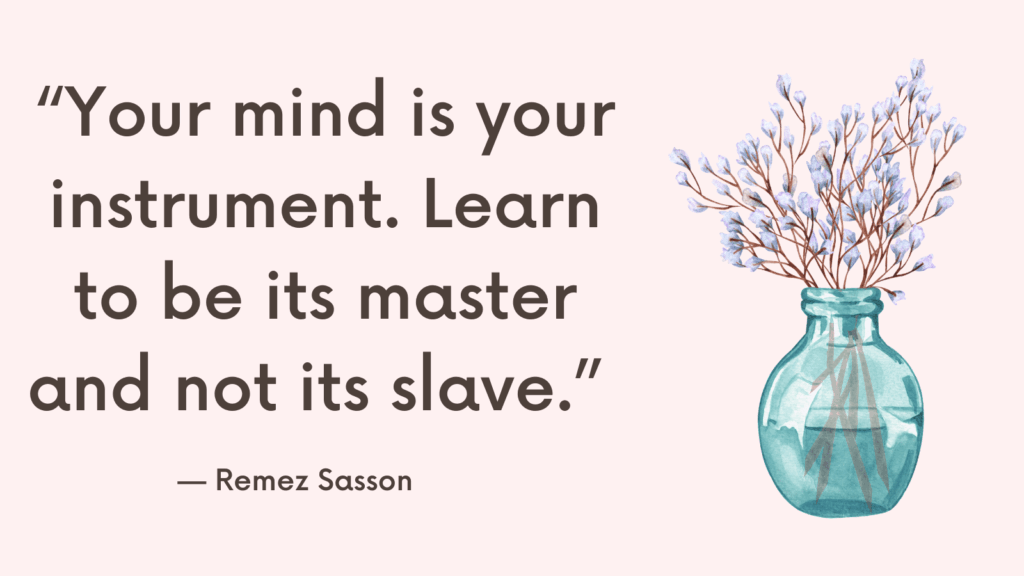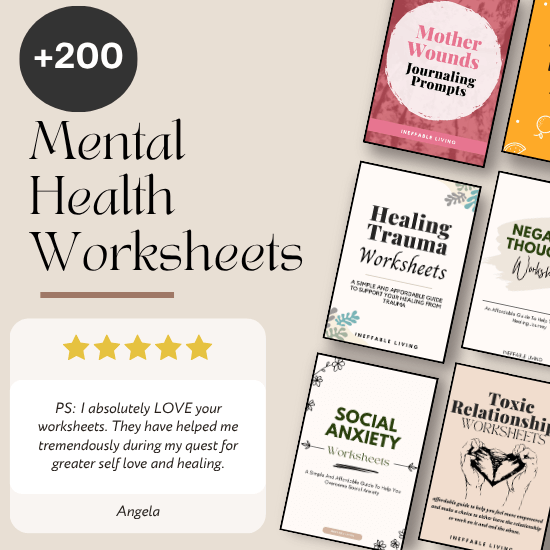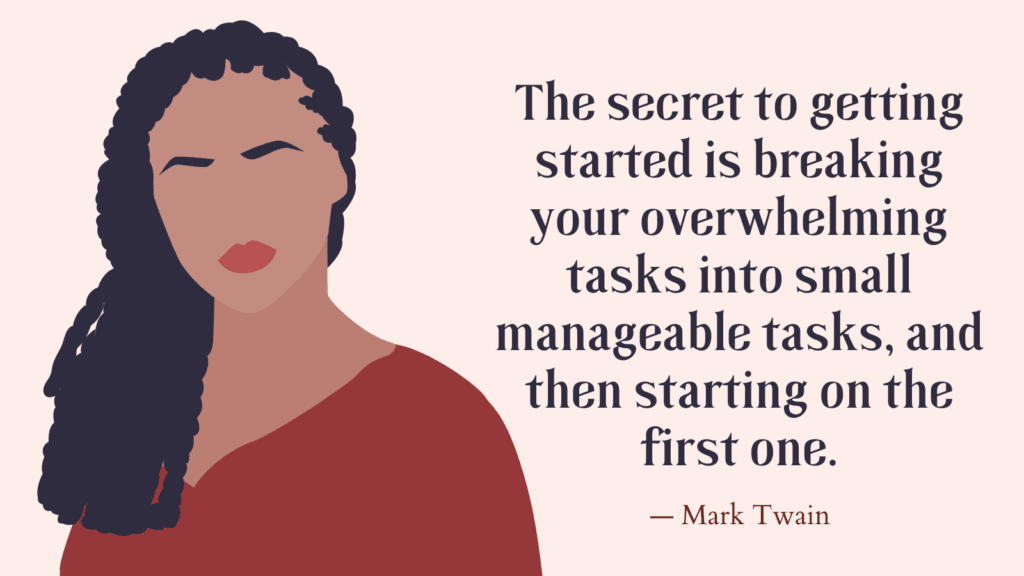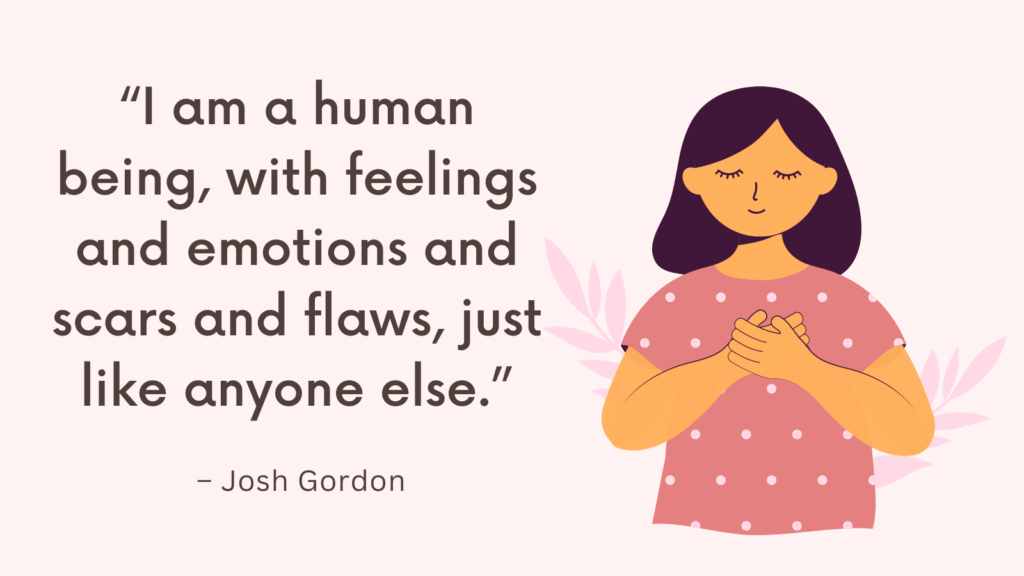Daydreaming is natural, but for some, it becomes a consuming escape. Maladaptive daydreaming happens when your fantasies grow so vivid and time-consuming that they interfere with real life. You might lose hours imagining detailed stories or alternate realities that feel more rewarding than the present moment. The line between healthy imagination and harmful escape blurs — leaving you detached, lonely, or stuck.
What Maladaptive Daydreaming Means
Maladaptive daydreaming is when imagination becomes a world you escape into—so vivid, emotional, and detailed that real life starts to feel distant. It’s more than simply “having a big imagination.” It’s using fantasy as a coping mechanism, often to avoid loneliness, stress, or pain. These daydreams bring comfort, but over time, they can take control.
When Daydreaming Becomes a Refuge
Everyone daydreams, but for some, fantasy becomes the safest place to exist. You may create long storylines, ideal worlds, or alternate versions of yourself that feel more alive than daily reality. The pull is strong because inside those imagined spaces, you can finally be understood, admired, or at peace.
10 Signs You Might Have Maladaptive Daydreaming
1. You Spend Long Periods Lost in Fantasy
You frequently lose track of time, disappearing into elaborate storylines or imaginary worlds for hours.
2. Your Daydreams Feel Like Movies
Your imagination includes recurring characters, detailed plots, and emotional arcs — more like living another life than casual thinking.
3. You Use Daydreaming to Escape
Whenever you’re stressed, bored, or lonely, you retreat into fantasy for relief, avoiding real-world discomfort.
Related: How to Create a Mental Health Support Plan for Yourself?
4. Everyday Life Feels Dull by Comparison
Reality feels flat or empty next to the excitement of your inner world. You may even prefer isolation to keep daydreaming uninterrupted.
5. You Struggle to Control It
Once you start, it’s hard to stop. Promising to “just think for a minute” often turns into hours lost.
6. It Interferes With Focus and Responsibilities
You find it difficult to stay present at work, in class, or during conversations because your mind keeps slipping away.
7. You Feel Emotionally Attached to Imagined People or Stories
You care deeply about your fantasy characters or scenarios, sometimes feeling genuine joy or grief over them.
Related: How Your Body Holds Stress—and How to Release It?
8. You Feel Guilt or Shame Afterward
After long daydreaming sessions, you may feel empty, guilty, or frustrated for wasting time — yet the urge soon returns.
9. You Experience Triggers That Spark Daydreaming
Music, movies, or certain routines instantly transport you back into fantasy, almost like an automatic reflex.
10. You Want Balance But Can’t Find It
You wish you could enjoy daydreaming in moderation, but it feels compulsive — more like a need than a choice.
How to Overcome Maladaptive Daydreaming?
1. Acknowledge the Purpose Behind Your Daydreaming
Your fantasies likely serve a function — soothing loneliness, coping with stress, or avoiding painful emotions. Instead of shaming yourself, ask, “What am I escaping from?” Understanding the “why” gives you power to address the root cause rather than the symptom.
2. Track When and Why You Daydream
Keep a brief journal for a week. Note what triggers the urge — music, boredom, stress, or specific times of day. Recognizing patterns helps you anticipate urges and plan grounding alternatives.
3. Create a Grounding Routine for Reality
When you feel yourself drifting, use sensory anchors to return to the present — notice what you see, hear, and feel around you. Stretch, drink water, or touch something textured. Engaging your body interrupts mental escapism.
Related: 15 Quick Stress Relief Activities You Can Do Anywhere
4. Limit Triggers That Pull You In Deeply
If certain songs, movies, or repetitive behaviors (like pacing) fuel your daydreams, create some distance from them. Replace them with activities that keep you connected — like walking outside, journaling, or doing creative projects consciously.
5. Channel Your Imagination Into Purposeful Outlets
You don’t have to suppress your creative mind — redirect it. Write stories, draw, make music, or use your inner worlds to inspire art or writing. Turning fantasy into creation gives your imagination a healthy outlet that exists in reality.
6. Set Clear Time Limits for Daydreaming
If you can’t stop completely at first, try scheduling short “imagination breaks.” Giving your brain permission within limits reduces guilt and helps you build control gradually.
7. Replace Fantasy With Micro-Engagements in Real Life
Start small: cook a meal, message a friend, go for a walk, or focus on one sensory detail in your environment. Reality becomes more rewarding when you re-engage it through small, consistent actions.
8. Address Emotional Avoidance
Ask yourself what feelings you’re avoiding — sadness, fear, boredom, shame. Facing them with compassion or therapy can reduce the emotional pull toward escape. The less pain you’re running from, the less need there is for fantasy.
Related: How to Break the Cycle of Stress and Overwhelm in Daily Life?
9. Rebuild Focus Gradually
Practice concentration through short, realistic goals — five minutes of focused reading, then rest. Over time, increase your tolerance for sustained attention in daily life. Your brain relearns how to stay present.
10. Seek Connection in the Real World
Maladaptive daydreaming often thrives in isolation. Reaching out — even for small moments of conversation or community — helps replace imagined relationships with real ones that provide genuine emotional nourishment.
11. Practice Self-Compassion, Not Shame
You developed this coping mechanism for a reason — it helped you survive or self-soothe. Healing doesn’t come from guilt but from gentleness. Every time you choose presence, no matter how small, you’re strengthening your connection to real life.
Related: How to Create a Calm Home Environment to Reduce Stress?
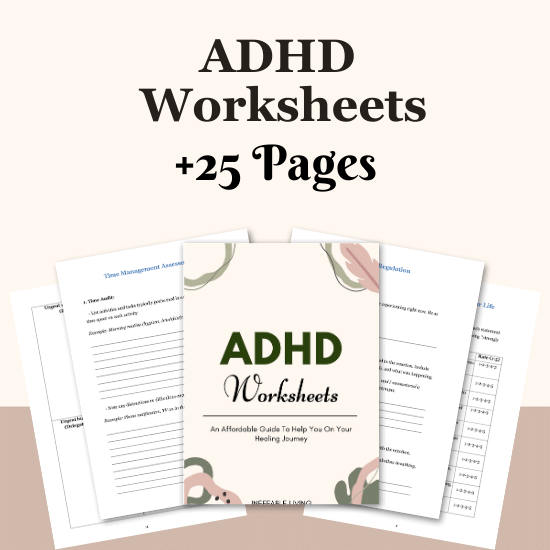
Conclusion
Maladaptive daydreaming often develops as a way to cope with stress or emotional pain. While imagination can be healing, it becomes harmful when it replaces participation in real life. Recognizing the signs is the first step toward bringing your focus — and your sense of fulfillment — back to the present.
